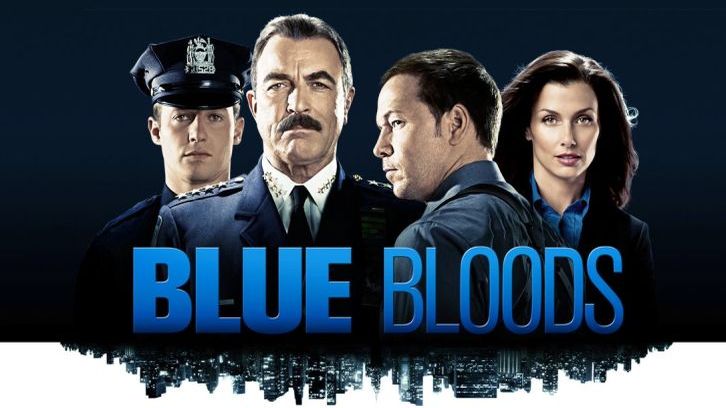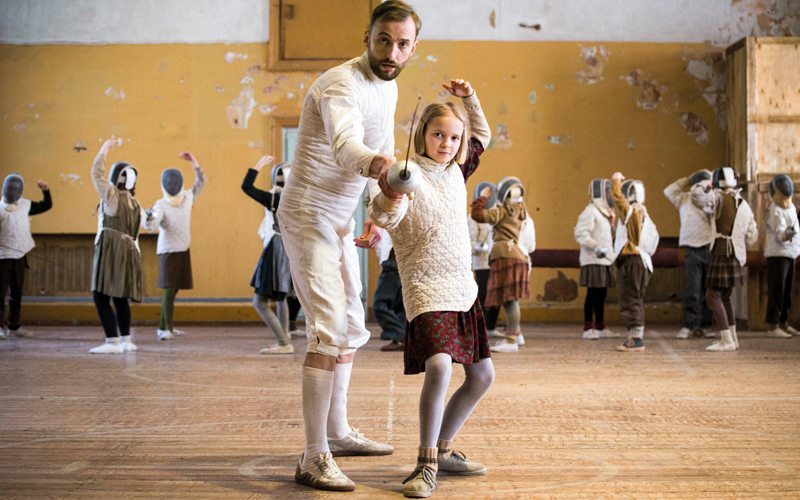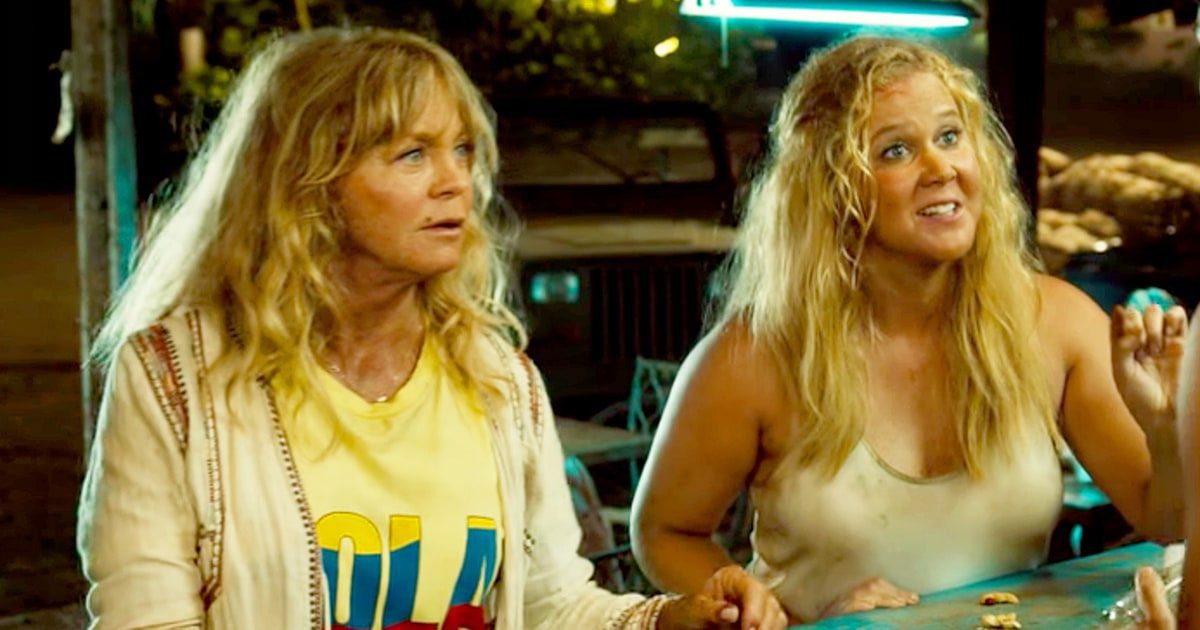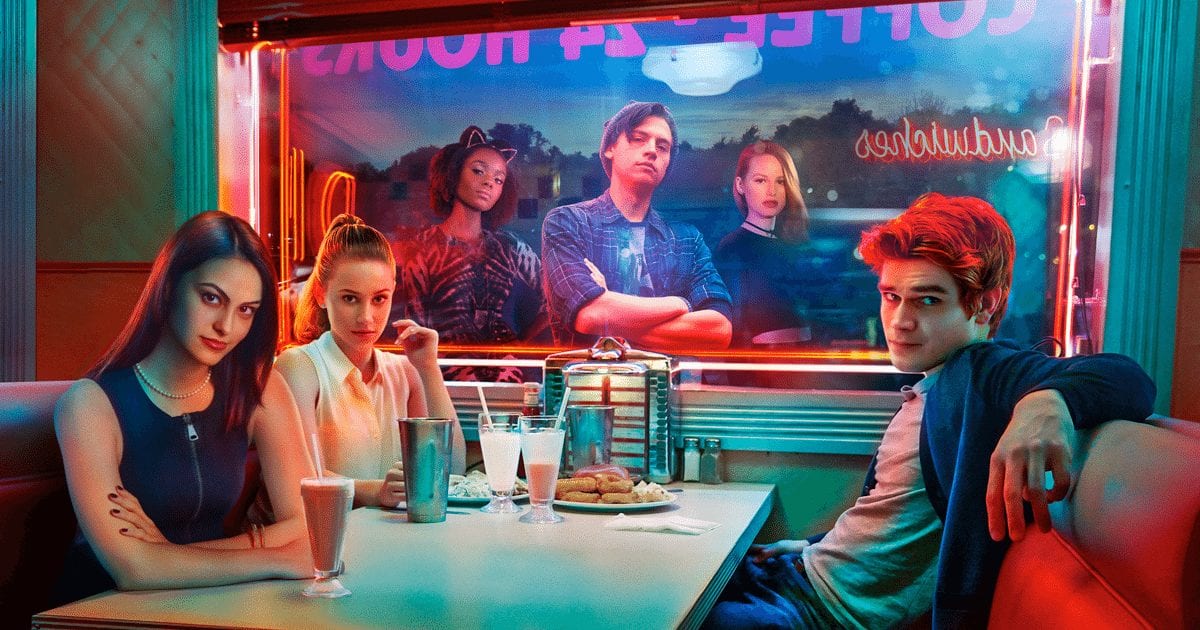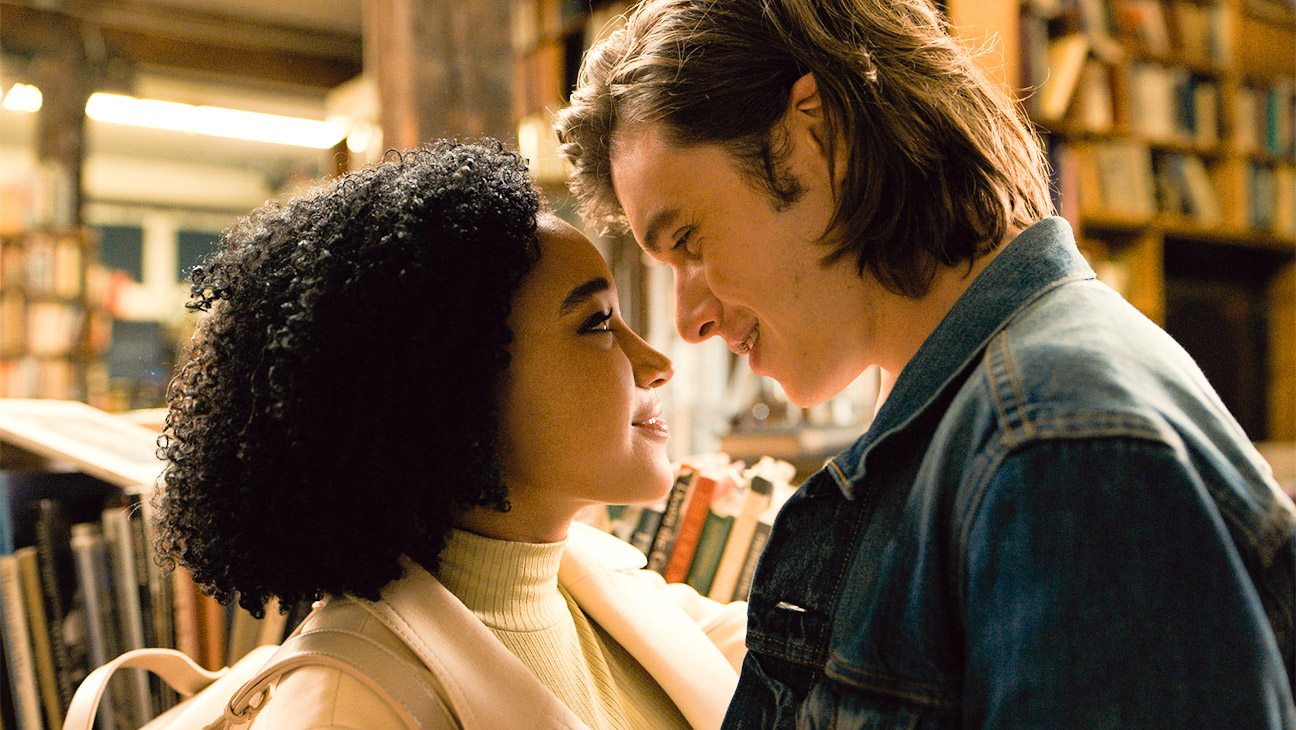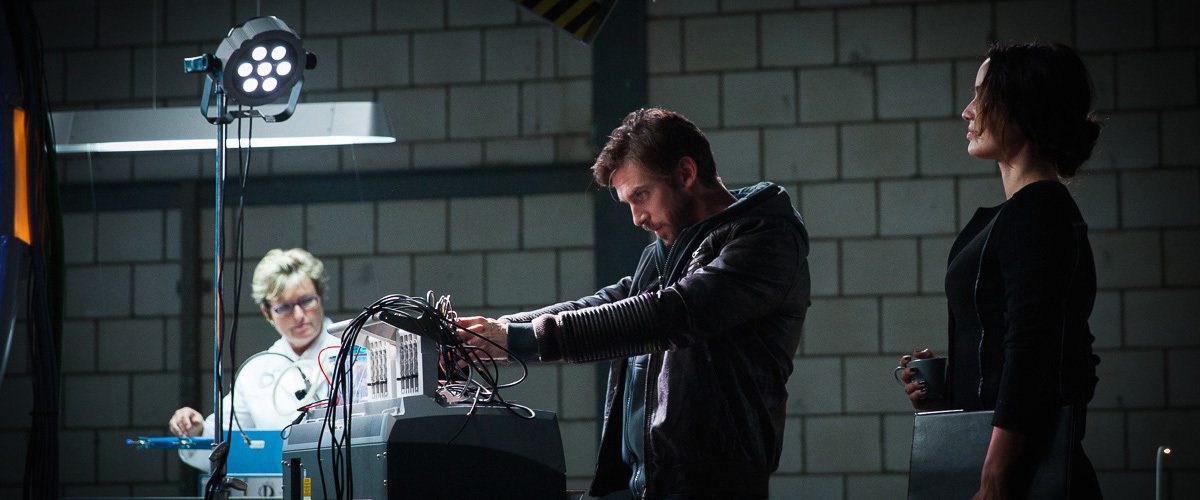
Kill Switch – When Responsibility Meets Resistance
Physicist Will Porter (Dan Stevens,?Downton Abbey, The Guest, Beauty and the Beast) helps create the technology that harnesses unlimited power. When he recognizes that the technology is causing huge problems, he’s sent to investigate The Echo, an alternative planet that mirrors his own. This other Earth is also struggling with its power surges from its…

